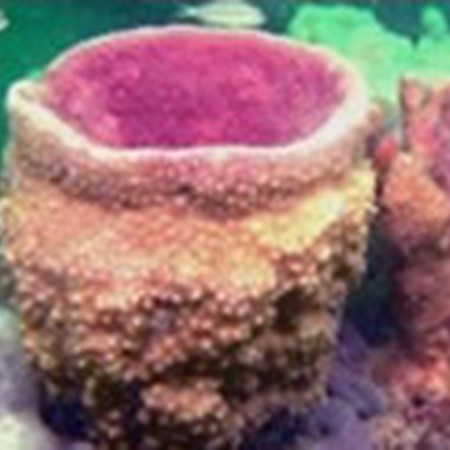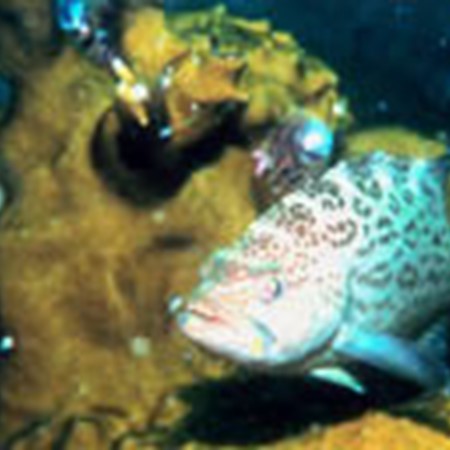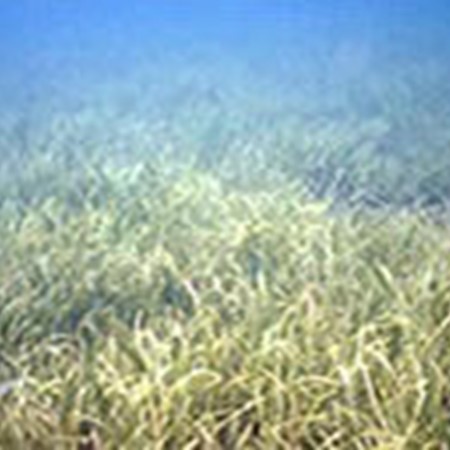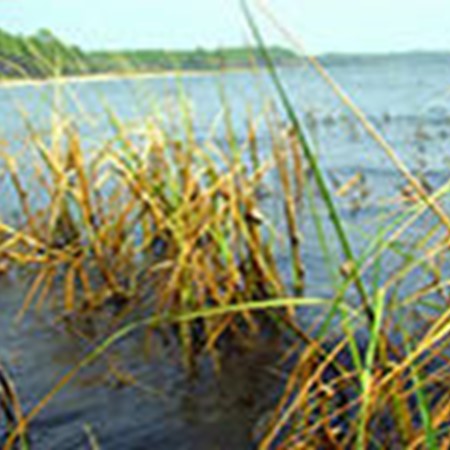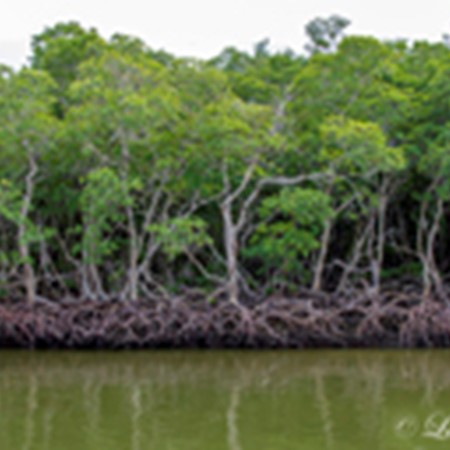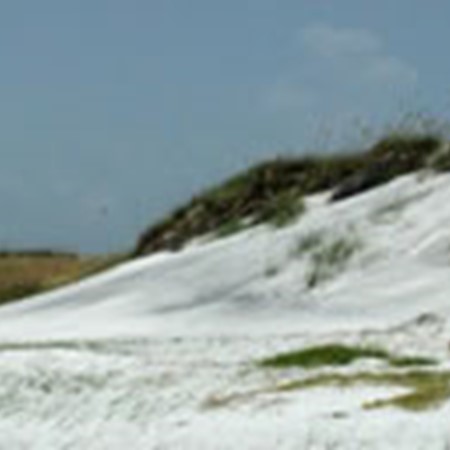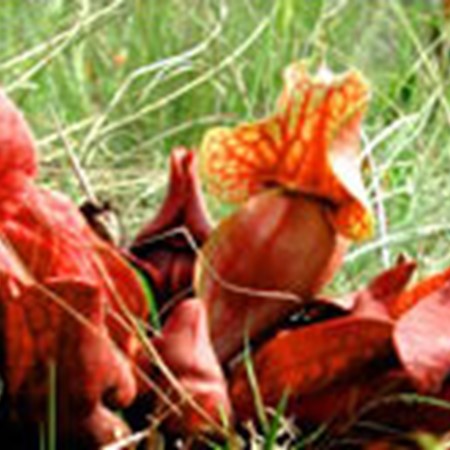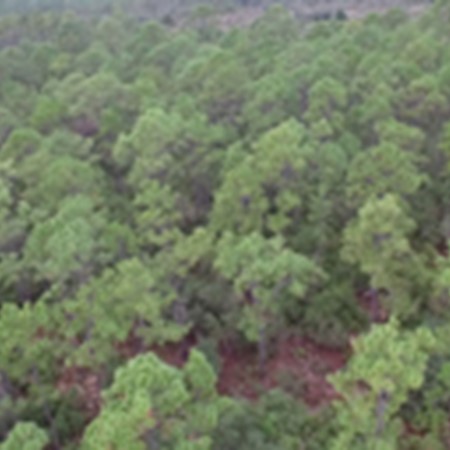Rivers span the boundaries between terrestrial, freshwater, and marine ecosystems. Thus, alteration of river flow regimes can have profound effects on aquatic organisms, both within river basins and within estuarine and nearshore and offshore marine systems. The effects of altered river flow interact with other sources of anthropogenic stress and environmental degradation. Further, they are embedded within larger regional and global changes, such as atmospheric deposition of pollutants and sea-level rise, that are expected to further change the hydrologic cycle and the nature of interactions at the land-sea interface.
Oyster Reefs
Oyster reefs provide habitat and other services that are important to ecosystem health and of direct benefit to humans. Their ability to filter particles from the water column, for instance, leads to greater water clarity that contributes to healthy sea grass meadows; and the structure they create provides refuge and nursery habitat for a suite of economically and ecologically important species as well as shoreline protection from storm surge.
To learn more about oysters, estuaries, and how weather and environmental factors impact these ecosystems, check out a WeatherSTEM lesson done in collaboration with the FSUCML here.


